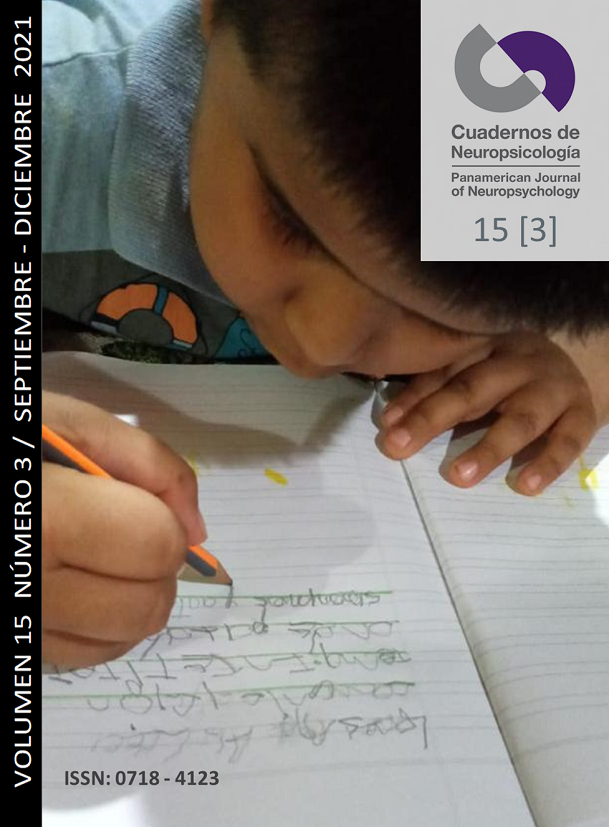Familias de niños y adolescentes con diagnóstico de TDAH: Estrategias y pautas para el perÃodo de aislamiento social por el COVID-19
Abstract
Resumen:
La situación actual relacionada con la pandemia ocasionada por el Coronavirus (COVID-19) y las medidas necesarias para disminuir y evitar su propagación generaron cambios importantes y bruscos en la vida cotidiana. Estos cambios han afectado a todos, y los niños con diagnóstico de TDAH son una población que puede verse más afectada por sus caracterÃsticas relacionadas con los tres sÃntomas principales del diagnóstico como son: la dificultad en sostener la atención, la dificultad en controlar los impulsos y la hiperactividad. Los niños y adolescentes con TDAH pueden sentirse inseguros, con miedos y con sensación de desorganización, con cambios de humor y dificultades para regular sus emociones, lo cual posiblemente afectará la dinámica familiar cotidiana. Ante este contexto se presenta una guÃa de estrategias, que tiene por objetivo colaborar con familias con un niño o adolescente con diagnóstico de TDAH para que puedan atravesar de una mejor manera este perÃodo. Â
Palabras claves: Trastorno por Déficit de Atención con Hiperactividad, COVID-19, Aislamiento social, Estrategias
Â
Abstract:
The current situation related to the pandemic caused by the Coronavirus (COVID-19) and the necessary actions to reduce and prevent its spread generated important and abrupt changes in daily life. These changes have affected everyone, and children diagnosed with ADHD are a population that may be more affected by their characteristics related to the three main symptoms of the diagnosis, such as: difficulty in sustaining attention, difficulty in controlling impulses and hyperactivity. Children and adolescents with ADHD may feel insecure, fearful and disorganized, with mood swings and difficulties regulating their emotions, which may affect daily family dynamics. Against this background, a strategy guide is presented, which aims to collaborate with families with a child or adolescent with a diagnosis of ADHD so that they can go through this period in a better way.Â
Key words: Attention Deficit Hyperactivity Disorder, COVID-19, Social isolation, Strategies.Downloads
How to Cite
Issue
Section
License
Articles published in this journal are protected under the Creative Commons Attribution-NonCommercial-ShareAlike 4.0 International (CC BY-NC-SA 4.0) license. This means that authors retain full rights over their research and publications at all times. As a journal, we fully respect and promote the principles of open access established by this license, allowing the work to be shared, adapted, and distributed for non-commercial purposes, provided that appropriate credit is given to the authors and any derivative works are licensed under the same terms.
Authors are responsible for obtaining the required permission when they wish to reproduce part of the material (figures, etc.) from other publications.
Likewise, CNPs allows authors to host in their personal sites or other repositories that they deem convenient the Final and Definitive Version of the published article with the format assigned by the journal. In no case do we allow access to preprints of the article under evaluation or already published.
When submitting an article to CNPs you are aware that all the contents of CNPs are under a Creative Commons License. In which it is allowed to copy and share the contents freely, always making reference to the origin of the publication and its author.





